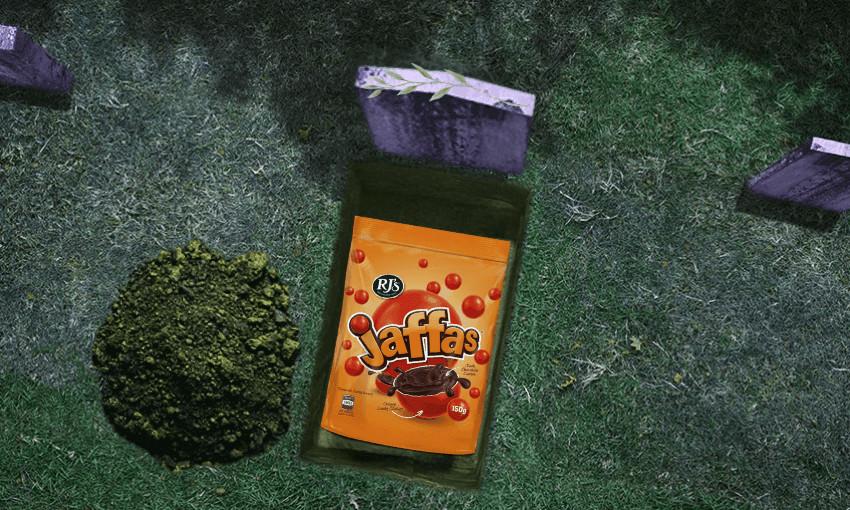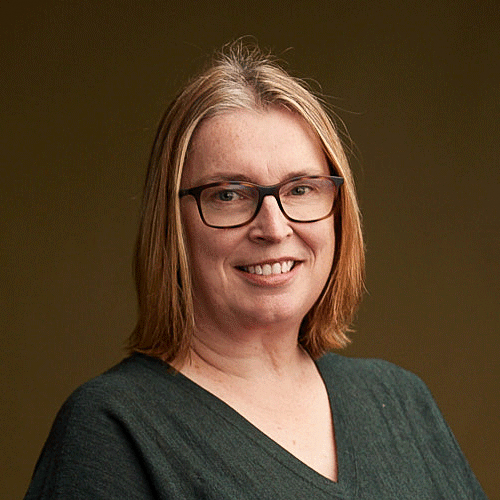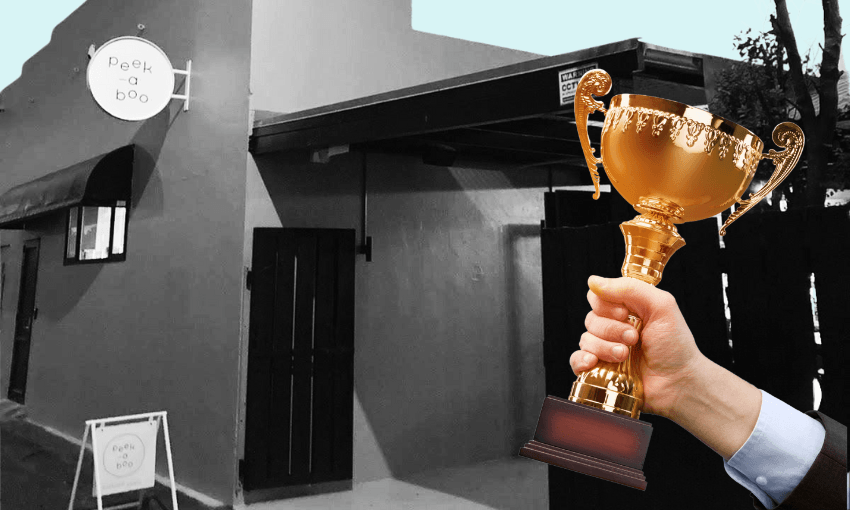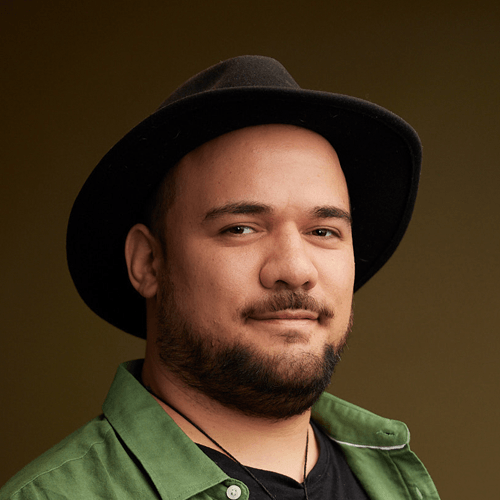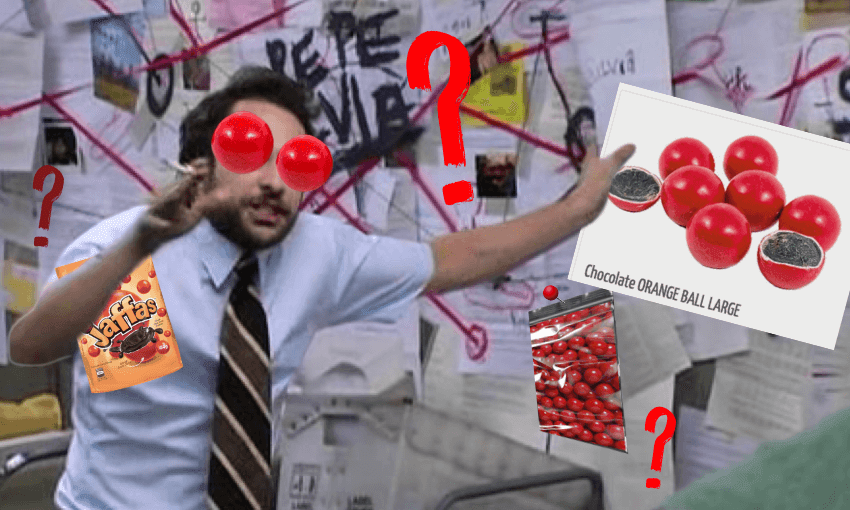Tara Ward bids an emotional goodbye to a national treasure… or is it?
Friends, we are gathered here today to mourn the sudden and unexpected loss of Jaffas, the small but powerful confectionary that delighted New Zealand tastebuds for nearly 100 years. Last week, Levin-based RJ’s Confectionary announced that they would no longer make Jaffas due to declining sales. Already, the shelves are clear, the sweeties are gone. Jaffas have flown to the big lolly shop in the sky, where they will rest eternally alongside other murdered snacks like Tangy Fruits, Snifters and proper marshmallow Easter eggs.
Since Jaffas were invented in 1931, New Zealanders have treasured those tiny balls like they were the fruit of their own loins. We ate Jaffas in boxes and scoffed them from bags. We threw handfuls at the movies and launched thousands down the street. We sent them to friends overseas and proudly recommended them to visitors to our country as an example of our sophisticated palate. Jaffas represented everything that was good about us. Much like a Jaffa, New Zealanders are also quite nice once you break through the hard shell.
I fear this is all my fault. Cut me open and you’ll find I am approximately 90% Jaffas, 0% of the Auckland kind. This tasty treat has seen me through the seasons of my life: teenage acne, post-natal acne, perimenopausal acne. They have been a trusted crutch, a sweet release, a reliable friend, but recently, things had changed. Our relationship had soured. One bag of Jaffas started costing upwards of $5.19, and in this economy, I had to draw the line. Indeed, I drew it with the smudgy red stain left on my sweaty palms from my final fistful of Jaffas – and look at what happened next.
The sudden demise of Jaffas hit the nation hard. Our national news services dedicated several stories to the cruel passing, with one commentator blaming RJ’s for not giving Jaffas the respect they deserved and another wondering if they were even any good in the first place. Auckland mayor Wayne Brown called it a “national tragedy” and despite not knowing where Horowhenua was, ordered local mayor Bernie Wanden to “sort it out!” One mourner was so struck down with grief that they tried to sell a single packet on TradeMe for $1500 (free shipping). HeraldNow’s Ryan Bridge mused that it was all just a conspiracy theory, before asking a question that cut straight through to my choc-orange core: “Without a national lolly, who are we?”
But before we throw ourselves into a bottomless pit of existential doom, I bring breaking news from beyond the grave. Dry your tears, my sweet-toothed fiends, because Jaffas weren’t even an uniquely New Zealand treat.
Much like Kiwiana icon Frosty Boy actually originating in America, Jaffas were invented in Australia in 1931 by James Stedman-Henderson’s Sweets Ltd. They were introduced to both Australia and New Zealand markets and made here by Cadbury until 2018, when the Dunedin factory closed. Jaffas were then made in Australia, before RJ’s Confectionary took over as Jaffa’s production company in Aotearoa. It said “Made in Australia” in tiny print on the back of my last ever Jaffa packet.
The tangy choc-orange flavour isn’t an Antipodean invention, either. The iconic Jaffa flavour was first created in 1927 by McVitie and Price in England, when they invented the Jaffa cake. They named it after a popular variety of orange in Britain at the time, which was grown in the then-Palestinian town of Jaffa. McVitie and Price didn’t trademark the Jaffa Cake, which meant that any Tom, Dick or James Stedman-Henderson could pick up the flavour and run with it.
Aotearoa, we have been mourning a false idol. Do not stand at Jaffas’ grave and weep. They are not there, they were invented in Australia, inspired by the English and named after a town on the other side of the world.
The truth about Jaffas may be hard to swallow, but we must never forget that a life full of Jaffas is a life well lived. Jaffas leave behind a grieving family of five million, although some mourners have already begun questionable rebound relationships. Rest in peace, my sweet little Jaffas. In lieu of flowers, donations may be rolled down Baldwin Street.
